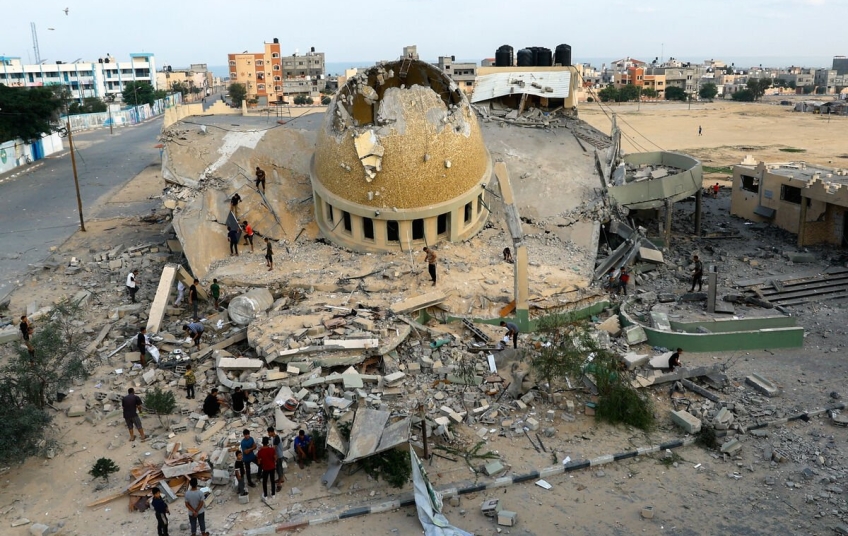Global news headlines and stories mainly highlight two standpoints on current geopolitical developments. According to one, the world is on the verge of the Third World War, and consistent with the other, the Third World War is already underway with the conflict pulling in countries far beyond the region. And, since nuclear powers are involved in the conflict, they do not go to direct military confrontations, but fight indirectly, through proxy wars.
Actually, a number of issues have become common highlights in world news, including the war in Ukraine, which in reality is a war between the Collective West and Russia, in the context of which the relations between China and the USA are strained from time to time, as well as military training exercises, in which several countries participate at once. During these exercises, potential allies and enemies are outlined.
The conflicts that have started in the Middle East can reach unprecedented proportions, and there is a danger that major countries will be directly involved in large-scale confrontations this time. A few days ago, Israel's militant Prime Minister Benjamin Netanyahu announced that big changes are anticipated in the Middle East. Such statements are not made unintentionally. They should rather be understood as a hint of a possible reshaping of the political map of the given region, which must be taken seriously. The experience of the last 150 years shows that political maps change during big wars, and dozens of countries participate in them.
However, let us go back to the events of the Gaza Strip. If we draw parallels, we might have an impression that what has happened there lately, actually happened in Artsakh on September 19. The scenario, which was tested in the second Armenian state, was planned to be used on a larger scale in Gaza. Military experts rule out the possibility that a year-prepared attack by Hamas militants against Israel might have escaped the all-seeing eye of Israel's special services. This is out of the question. It is no coincidence that some local expert circles are inclined to a similar opinion: at least Israel had a hand in what happened.
"Allowing" an attack on its territory was indispensable in order to: a) show the world the terrorist character of Hamas and b) get indulgence to carry out an exactly similar operation against Hamas and in exactly the same scenario as Azerbaijan used under the guise of a special anti-terrorist operation in Artsakh. The Gaza Strip, where about 2 million Arabs live, is also under siege, electricity and water are regularly cut off, and the food supply to Gaza is hindered. The border checkpoint located between Egypt and Gaza was allowed to be opened only for those leaving. In parallel, the houses of civilians are shelled, creating unbearable conditions for life.
Against the backdrop of particularly close relations between Azerbaijan and Israel, the opinion is further strengthened that Artsakh was a testing ground so that Israel could solve the Gaza problem, which is considered existential, and get rid of the 2 million Arabs of Gaza at once. Artsakh was a precedent for the international community to show that if something is possible in one area - Artsakh, why should it be impossible in another, in this case, in Gaza.





